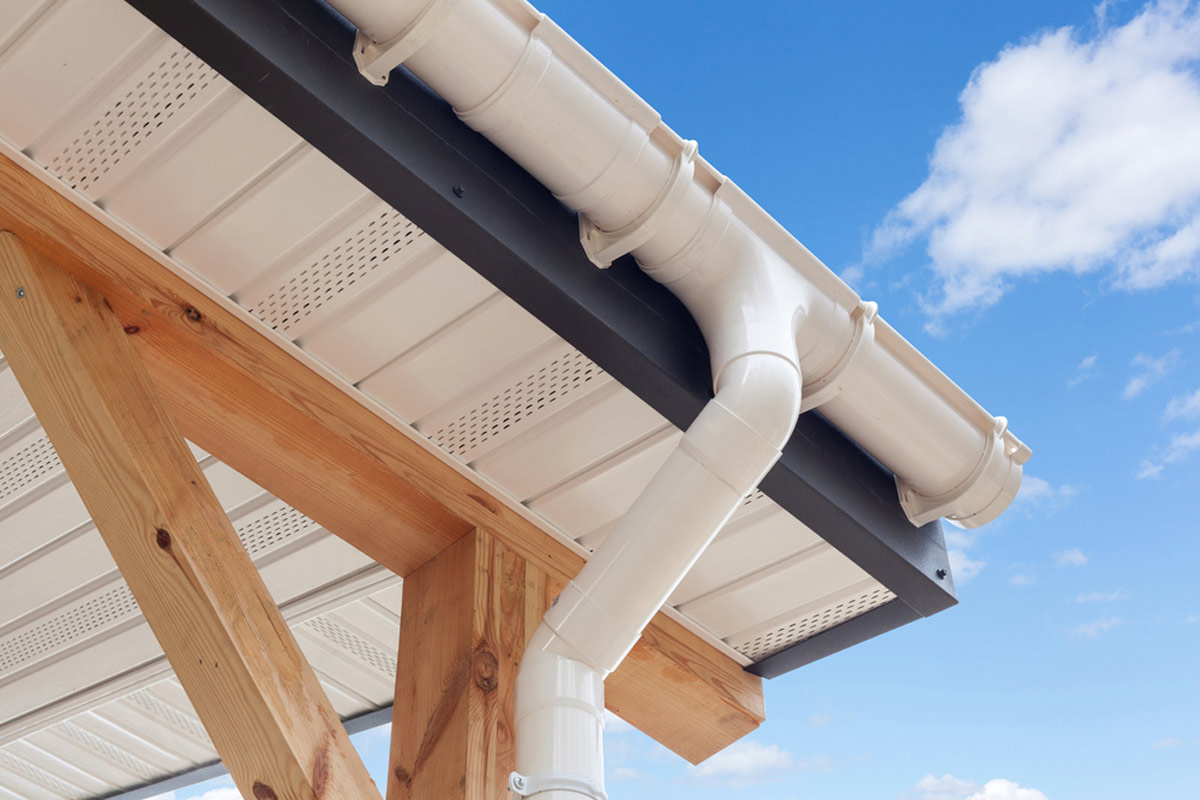

Articles
What Are Gutters
Modified: October 28, 2024
Learn all about gutters and their importance in our informative articles. Enhance your knowledge on gutter installation, maintenance, and troubleshooting.
(Many of the links in this article redirect to a specific reviewed product. Your purchase of these products through affiliate links helps to generate commission for Storables.com, at no extra cost. Learn more)
Introduction
Gutters play a crucial role in protecting homes and buildings from water damage. Despite being a largely overlooked feature, they are an essential part of the overall structure. Gutters are designed to collect rainwater and redirect it away from the foundation, preventing potential issues such as flooding, erosion, and structural damage.
In this article, we will explore the importance of gutters, the different types available, the common materials used for gutters, and the signs that indicate the need for repair or replacement. We will also discuss the maintenance and cleaning of gutters and the benefits of hiring professionals for installation and repair.
Whether you are a homeowner looking to maintain your property or a building owner concerned about protecting your investment, understanding gutters is essential. Let’s dive in and explore the world of gutters and how they contribute to the overall well-being of your home or building.
Key Takeaways:
- Gutters are essential for protecting homes and buildings from water damage by redirecting rainwater away from the foundation, preventing issues such as flooding, erosion, and structural damage.
- Regular maintenance and cleaning of gutters are crucial to ensure optimal performance and prevent costly repairs. Hiring professionals for installation and repair offers expertise, efficiency, and access to high-quality materials.
Read more: What Happens When Gutters Are Clogged
Definition of Gutters
In simple terms, gutters are the channels or troughs that run along the edge of a roof to collect and redirect rainwater. They are typically installed just below the roofline and are designed to capture the water that flows off the roof and direct it away from the foundation of a building.
Gutters come in various shapes and sizes, but the most common configuration is a narrow, open-topped channel that is attached to the fascia board of a building. This allows rainwater to flow into the gutter, where it is then guided to downspouts or drainpipes for proper drainage away from the building.
The primary purpose of gutters is to prevent water from accumulating and pooling near the foundation, which can lead to a host of problems. By diverting rainwater away from the foundation, gutters protect against issues such as basement flooding, soil erosion, and damage to the building’s structure.
Additionally, gutters play a crucial role in preventing water damage to the roof and exterior walls. By carrying water away from these areas, gutters help to preserve the integrity of the roof and prevent water seepage into the building, which can cause rot and other forms of structural damage.
In summary, gutters are an integral part of a building’s drainage system. They effectively collect rainwater and safely channel it away from the foundation, roof, and walls, ensuring the long-term structural stability and protection of the building.
Importance of Gutters
Gutters serve a vital role in maintaining the integrity of homes and buildings. Here are several reasons why gutters are important:
- Preventing Foundation Damage: Properly functioning gutters collect rainwater and direct it away from the foundation. Without gutters, water can accumulate around the foundation, leading to soil erosion, cracks, and potential foundation damage.
- Protecting the Roof: Gutters help prevent water from pooling on the roof, which can cause damage to the shingles or tiles. By directing water away from the roof, gutters prolong the life of the roofing material and help prevent leaks and structural issues.
- Preventing Basement Flooding: When rainwater is not effectively channeled away from the foundation, it can seep into the basement, leading to costly damage and mold growth. Gutters play a crucial role in preventing basement flooding by directing water away from the foundation.
- Preventing Soil Erosion: Without gutters, water cascading off the roof can create erosion along the building’s perimeter. This can cause the soil to wash away, leading to unstable ground and potential damage to landscaping and hardscaping features.
- Preserving Siding and Exterior Walls: Gutters help protect the exterior walls of a building by diverting water away from them. This prevents water stains, rot, and other forms of water damage, which can be expensive to repair and impact the aesthetic appeal of the building.
- Maintaining Landscaping: Properly designed gutters ensure rainwater is directed away from delicate plants, flower beds, and other landscaping features. This helps to maintain the health and appearance of your outdoor spaces.
The importance of gutters cannot be overstated. They provide effective drainage and protect homes and buildings from costly and potentially dangerous water-related issues. Regular maintenance and cleaning of gutters are key to ensuring their proper functionality and continued protection.
Different Types of Gutters
When it comes to gutters, there are several types to choose from, each with its own unique features and benefits. Here are some of the most common types of gutters:
- K-Style Gutters: K-style gutters are the most popular and widely used type of gutter. They get their name from their profile, which resembles the letter “K”. K-style gutters have flat bottoms and decorative curved fronts, making them visually appealing. They can handle large volumes of water and are suitable for most residential and commercial applications.
- Half-Round Gutters: As the name suggests, half-round gutters have a semi-circular shape, resembling a half pipe. They provide a classic and elegant look, often seen in historic or traditional style homes. Half-round gutters are typically made of aluminum or copper and have good water-carrying capacity.
- Box Gutters: Box gutters are commonly used on commercial buildings and larger residential structures. They are typically custom fabricated and are integrated into the roofline, creating a low-profile appearance. Box gutters have a flat bottom and high back, allowing for greater water capacity and durability.
- Fascia Gutters: Fascia gutters are a combination of gutters and fascia boards. They are installed directly onto the fascia board, providing a seamless and integrated look. Fascia gutters are great for modern-style homes and buildings where a minimalist aesthetic is desired.
- Seamless Gutters: Seamless gutters are made from a continuous piece of material, custom-cut to fit the dimensions of the building. Unlike traditional gutters, which are assembled from sections, seamless gutters have no seams or joints along their lengths, reducing the risk of leaks and improving functionality.
Each type of gutter has its own advantages and considerations. Factors such as the aesthetics, water-carrying capacity, durability, and maintenance requirements should be taken into account when choosing the right type of gutter for your home or building. Consulting with a professional gutter installer can be helpful in determining the best option for your specific needs.
Common Materials Used for Gutters
Gutters can be made from a variety of materials, each with its own unique characteristics and benefits. Here are some of the most commonly used materials for gutters:
- Aluminum: Aluminum gutters are one of the most popular choices due to their affordability, lightweight nature, and resistance to rust and corrosion. They are available in a wide range of colors and can be easily customized to fit the dimensions of your home or building.
- Vinyl: Vinyl gutters are another popular and cost-effective option. They are lightweight, easy to install, and resistant to rust. Vinyl gutters are available in various colors and do not require painting. However, they may become brittle over time, especially in extreme weather conditions.
- Copper: Copper gutters are known for their beauty and durability. They develop a unique patina over time, adding character and charm to a building’s exterior. Copper gutters are highly resistant to corrosion and can last for many decades with proper maintenance. However, they are generally more expensive than other gutter materials.
- Steel: Steel gutters are exceptionally durable and can withstand harsh weather conditions. They are available in different gauges, with thicker gauges offering increased strength and longevity. Steel gutters require painting to protect against rust, and regular maintenance is essential to prevent corrosion.
- Zinc: Zinc gutters are known for their longevity and low maintenance requirements. They develop a natural patina over time, which provides additional protection against corrosion. Zinc gutters are an excellent choice for those seeking a long-lasting and eco-friendly option.
- Galvanized Steel: Galvanized steel gutters are coated with a layer of zinc to protect against rust and corrosion. They are durable and can withstand extreme weather conditions. However, over time, the zinc coating may wear off, requiring maintenance and reapplication of protective coatings.
When selecting the right material for your gutters, it’s important to consider factors such as your budget, desired aesthetics, maintenance requirements, and the climate in your area. Consulting with a professional gutter installer can help you make an informed decision based on your specific needs and preferences.
Make sure to regularly clean your gutters to prevent clogs and water damage to your home. Use a sturdy ladder and gloves for safety.
Read more: What Paint To Use On Aluminum Gutters
Gutters vs. Downspouts
Gutters and downspouts work hand in hand to effectively manage rainwater runoff from a building’s roof. While they have distinct roles, they are both integral components of a proper drainage system. Let’s explore the differences between gutters and downspouts:
Gutters: Gutters are the horizontal channels that run along the edge of a roof, collecting rainwater and directing it to downspouts or drainpipes. They are typically attached to the fascia board of a building and come in various shapes and sizes, such as K-style, half-round, or box gutters. Gutters collect rainwater that flows off the roof and prevent it from falling directly to the ground near the foundation, which can lead to water damage and structural issues.
Downspouts: Downspouts, also known as leaders or drainpipes, are vertical pipes that are connected to gutters. They provide a way for the collected rainwater to flow downwards and away from the building’s foundation. Downspouts usually run along the exterior walls of a building and are positioned strategically to ensure proper water flow. They can be made of various materials, including aluminum, vinyl, or steel.
The main difference between gutters and downspouts lies in their function and location within the drainage system. Gutters are responsible for collecting rainwater and channeling it towards the downspouts. They prevent water from accumulating on the roof or flowing directly to the ground near the foundation, protecting against roof damage, foundation issues, and flooding.
Downspouts, on the other hand, facilitate the vertical flow of water from the gutters towards the ground or a drainage system. They provide a direct path for the rainwater to be carried away from the roof and foundation. Downspouts can have vertical extensions, called downspout extensions, which help to direct the water even further away from the building to prevent water damage and erosion.
Both gutters and downspouts are essential for proper water management and drainage. They work together to ensure that rainwater is effectively collected, guided, and redirected away from the building, ultimately preventing potential damage and maintaining the overall integrity of the structure.
Signs of Gutters in Need of Repair or Replacement
Gutters, like any other component of a building, require periodic inspection and maintenance to ensure their proper functioning. Over time, gutters can develop various issues that may require repair or replacement. Here are some common signs that indicate your gutters may need attention:
- Leaking or Overflowing Gutters: If you notice water overflowing from your gutters during rainfall or see signs of water damage on the fascia, walls, or foundation, it may indicate a clogged or damaged gutter system. Leaks and overflow can lead to water seepage into the building and cause potential structural damage.
- Sagging or Pulling Away: Gutters that are sagging or pulling away from the fascia board may not be properly secured or have become weakened over time. This can disrupt the proper flow of water and lead to water pooling or overflowing in certain areas. Addressing the issue promptly is important to prevent further damage.
- Rust or Corrosion: If you have metal gutters, such as steel or galvanized steel, signs of rust or corrosion may indicate the need for repair or replacement. Rust can weaken the integrity of the gutters and lead to leaks or structural issues. Regular maintenance, including repainting and applying protective coatings, can help prevent rust and corrosion.
- Cracks, Holes, or Fractures: Over time, gutters can develop cracks, holes, or fractures due to age, improper installation, or physical damage. These openings can cause water to leak and may lead to water damage to the roof, walls, or foundation if not addressed promptly. Repairing or replacing damaged sections of the gutter is essential to maintain their effectiveness.
- Loose or Missing Fasteners: Gutters are typically attached to the fascia board using fasteners, such as screws or hangers. If you notice loose or missing fasteners, it can compromise the stability and effectiveness of the gutter system. Reattaching or replacing these fasteners is necessary to ensure the proper function of the gutters.
- Mold or Mildew Growth: Excessive moisture in or around the gutters can lead to the growth of mold, mildew, or algae. These organisms not only indicate water issues but can also cause health concerns. Cleaning and addressing the underlying moisture problem can help prevent further growth and damage.
Regular inspection and maintenance of your gutters are key to identifying and addressing these signs early on. Timely repairs or replacement of damaged gutters can prevent more extensive and costly damage to your home or building. If you’re unsure about the condition of your gutters, it is recommended to consult with a professional gutter installer or contractor for a thorough assessment.
Maintenance and Cleaning of Gutters
Maintaining and cleaning your gutters on a regular basis is crucial to ensure their optimal functioning and longevity. Neglecting gutters can lead to clogs, leaks, and other issues that can cause significant damage to your home. Here are some important steps to follow for proper maintenance and cleaning of gutters:
- Inspect Gutters Regularly: Regularly inspect your gutters for any signs of damage, such as cracks, sagging, or rust. Check for loose or missing fasteners and ensure that the gutters are securely attached to the fascia board.
- Clean Out Debris: Remove leaves, twigs, dirt, and other debris from the gutters. Begin near the downspout and work your way along the entire length, using a small shovel, scoop, or gloved hand. Place the debris in a bucket or tarp for easy disposal.
- Flush with Water: After removing the larger debris, flush the gutters with water using a garden hose. This will help remove any remaining smaller particles and check for proper water flow. Inspect the downspouts to ensure they are clear and free from obstructions.
- Check for Leaks: While flushing the gutters, check for any leaks or areas where water is escaping. Leaks may indicate damaged or deteriorated sections of the gutter that need repair or replacement.
- Trim Overhanging Branches: Trim back any tree branches that overhang the roof or gutters. This will minimize the amount of debris that falls into the gutters and reduce the risk of clogs and blockages.
- Consider Gutter Guards: Gutter guards or leaf screens can help prevent debris from entering the gutters in the first place. These protective covers allow water to flow while blocking leaves and other debris. However, regular maintenance and cleaning may still be required, as smaller particles can accumulate on top of the gutter guards.
- Inspect and Clean Downspouts: Check downspouts for any blockages or clogs. Use a plumber’s snake or a high-pressure nozzle on your garden hose to clear any obstructions. Ensure that the downspouts are securely attached and properly directing water away from the building’s foundation.
- Schedule Professional Maintenance: Consider hiring a professional gutter cleaning and maintenance service to ensure a thorough and efficient job. Professionals have the expertise and equipment to safely and effectively clean gutters and identify any underlying issues that may require repair.
Regular maintenance and cleaning of gutters is essential to keep them functioning properly and prevent water damage to your home. Aim to clean your gutters at least twice a year, in the spring and fall, or more frequently if your property is surrounded by trees that shed leaves year-round. By following these maintenance steps, you can extend the lifespan of your gutters and protect your home from potential water-related issues.
Hiring Professionals for Gutter Installation and Repair
While some homeowners may choose to tackle gutter installation and repair on their own, hiring professionals for these tasks can offer numerous benefits. Whether you’re installing new gutters or need to repair existing ones, here are the reasons why hiring professionals is worthwhile:
- Expertise and Experience: Professional gutter installers have the necessary knowledge and expertise to ensure proper installation and repair. They have years of experience working with different types of gutters and can provide valuable insights and advice based on your specific needs.
- Efficiency and Time-Saving: Professionals are equipped with the right tools, equipment, and skills to get the job done efficiently. Hiring them saves you time and effort that would otherwise be spent on researching, purchasing materials, and attempting the installation or repair yourself.
- Customization and Proper Sizing: Professional gutter installers can accurately measure your roofline and determine the appropriate size and configuration of gutters needed for your specific property. This ensures that the gutters are properly sized and installed to effectively manage rainwater runoff.
- High-Quality Materials and Guarantees: Professionals have access to high-quality gutter materials that are durable and built to last. They can recommend the best materials for your specific needs and provide guarantees or warranties on their workmanship, giving you peace of mind and protection in the long run.
- Safety Measures: Gutter installation and repair can involve working at heights and handling tools and equipment. Professionals are trained in safety protocols and take necessary precautions to ensure the safety of themselves, your property, and anyone nearby. This helps minimize the risk of accidents or damage during the process.
- Comprehensive Services: Professional gutter installers often offer a range of services beyond installation and repair. They can perform regular maintenance, cleaning, gutter guard installation, and inspections to keep your gutters in optimal condition and prevent future issues. This comprehensive approach helps extend the lifespan of your gutters and protect your investment.
When hiring professionals for gutter installation and repair, be sure to research and choose reputable and licensed contractors. Request quotes, compare services, and ask for references or testimonials to ensure you’re hiring qualified professionals who will deliver quality workmanship and exceptional customer service.
In summary, hiring professionals for gutter installation and repair offers peace of mind, saves time and effort, and ensures the proper functioning and longevity of your gutters. Their expertise, efficiency, and access to high-quality materials make them the ideal choice for a seamless gutter installation or repair process.
Read more: What Are Seamless Gutters
Conclusion
Gutters are a vital component of any home or building, serving the important role of redirecting rainwater away from the foundation and protecting against water damage. Understanding the importance of gutters, the different types available, and the materials commonly used is crucial for homeowners and building owners alike.
Regular maintenance and cleaning of gutters are essential to ensure their optimal performance and prevent issues such as clogs, leaks, and overflow. By inspecting and cleaning gutters on a regular basis, homeowners can address problems early on and avoid costly repairs in the future.
When it comes to installation, repair, or replacement of gutters, hiring professionals is highly recommended. Professionals bring expertise, experience, and the right tools to the job, ensuring proper installation and efficient repairs. They can also provide valuable advice on gutter customization, high-quality materials, and comprehensive services to maintain the longevity of the gutter system.
Ultimately, investing in gutters and their proper maintenance is a smart decision for homeowners and building owners. By effectively managing rainwater runoff, gutters protect the foundation, roof, walls, and overall structure from potential water damage, mold growth, and costly repairs.
So, whether you’re considering installing new gutters or need to repair existing ones, taking care of your gutters is essential for the long-term health and value of your property. Consult with professionals, perform regular maintenance checks, and ensure your gutters are in prime condition to safeguard your investment and enjoy a well-protected home or building for years to come.
Frequently Asked Questions about What Are Gutters
Was this page helpful?
At Storables.com, we guarantee accurate and reliable information. Our content, validated by Expert Board Contributors, is crafted following stringent Editorial Policies. We're committed to providing you with well-researched, expert-backed insights for all your informational needs.
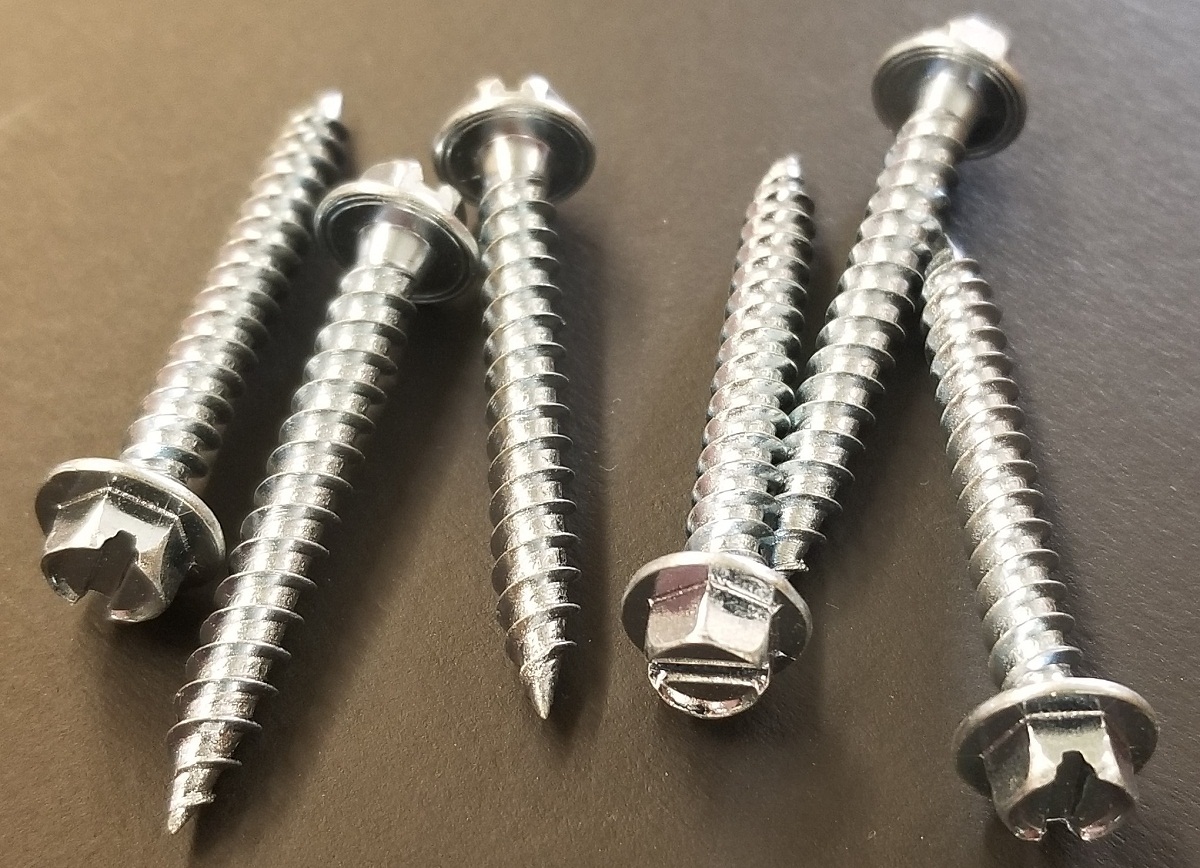
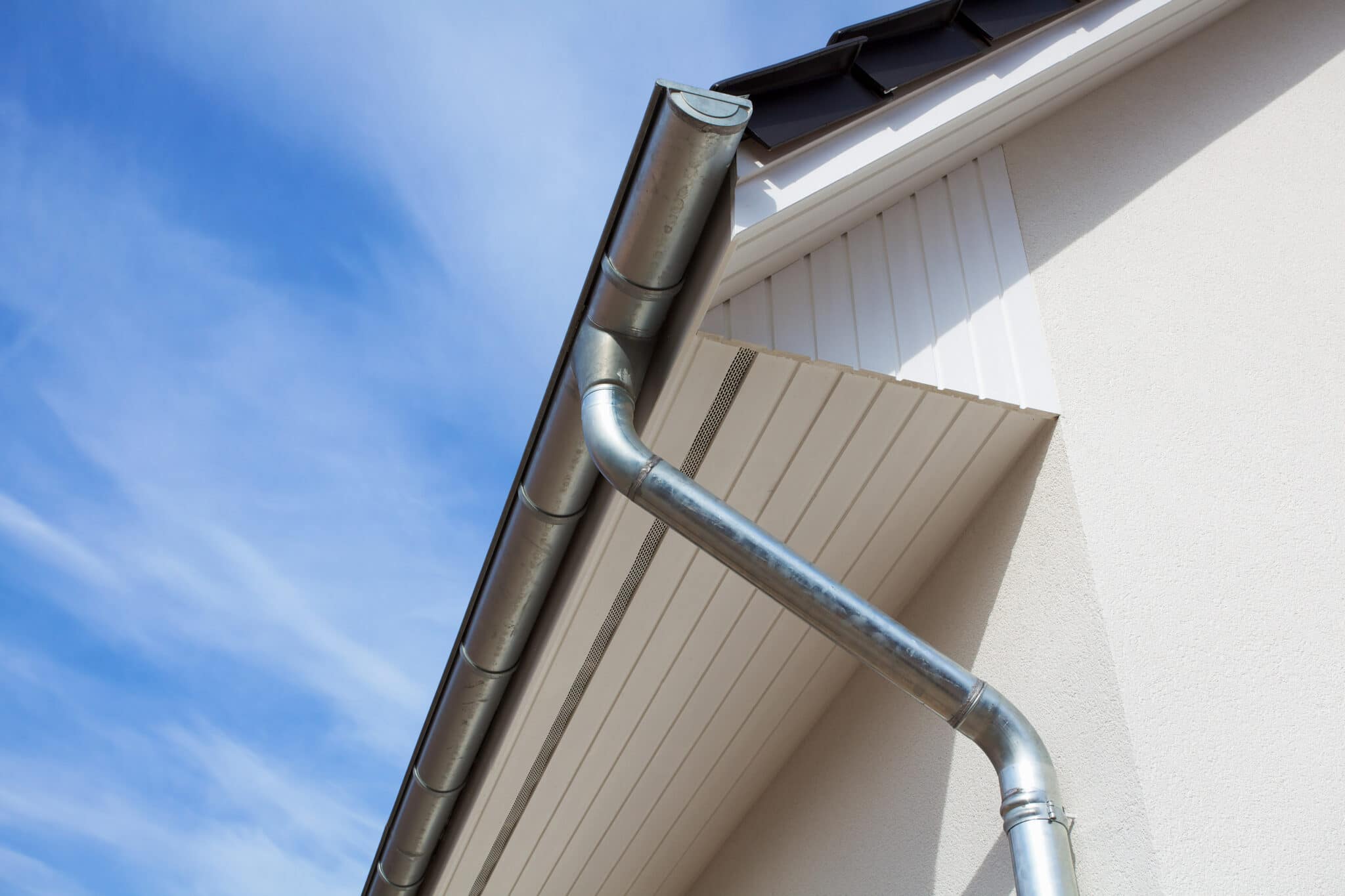
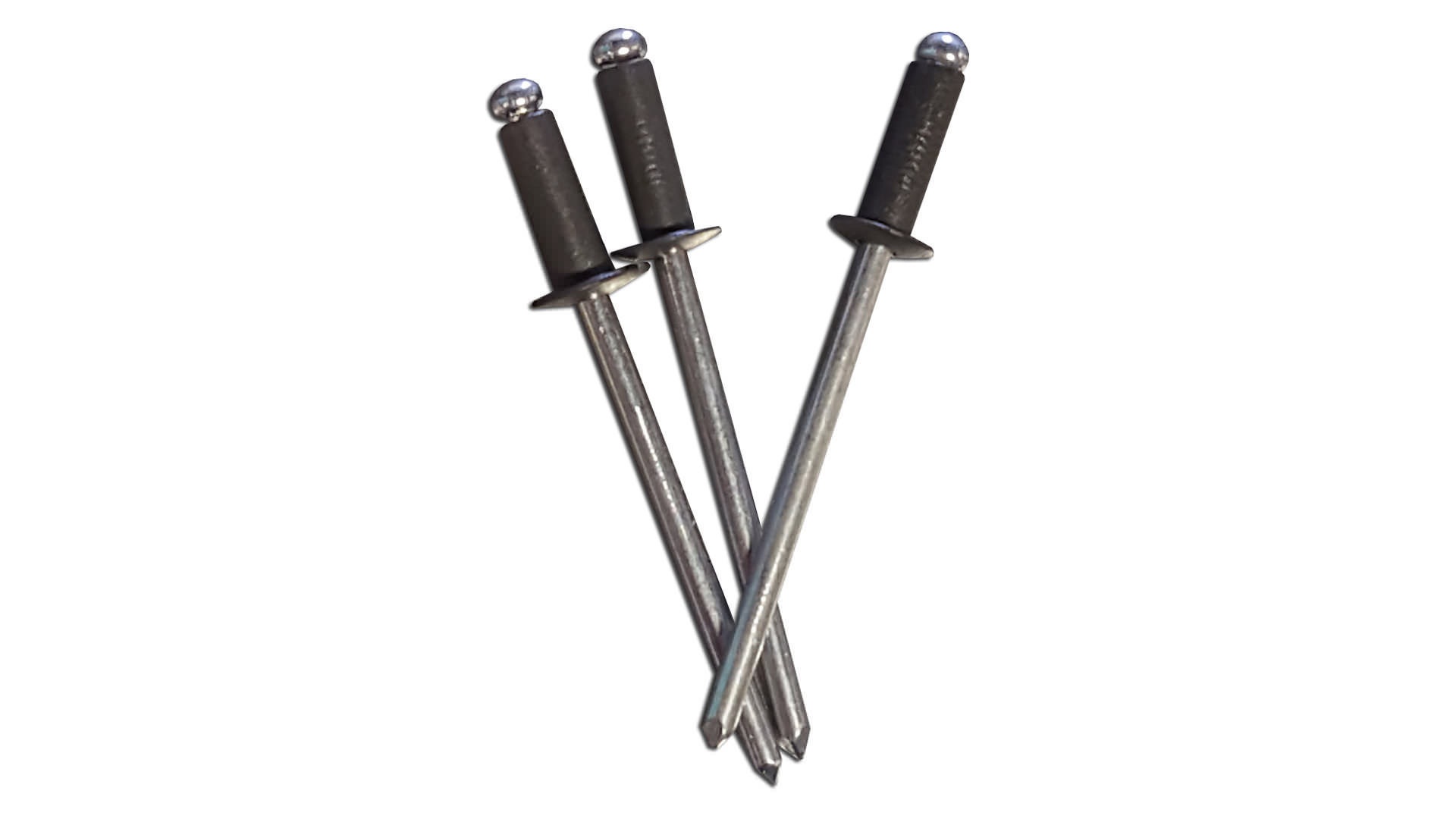
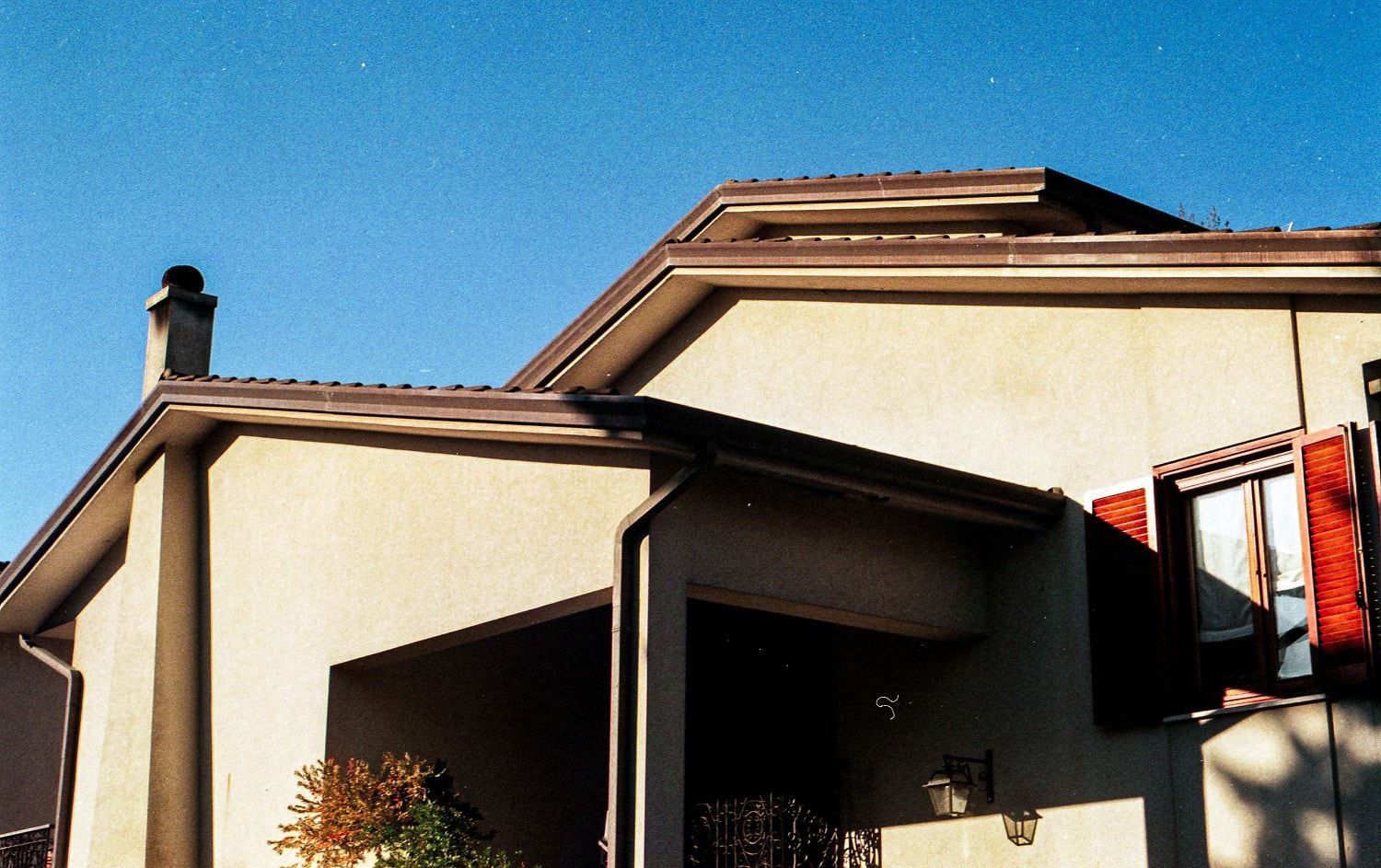
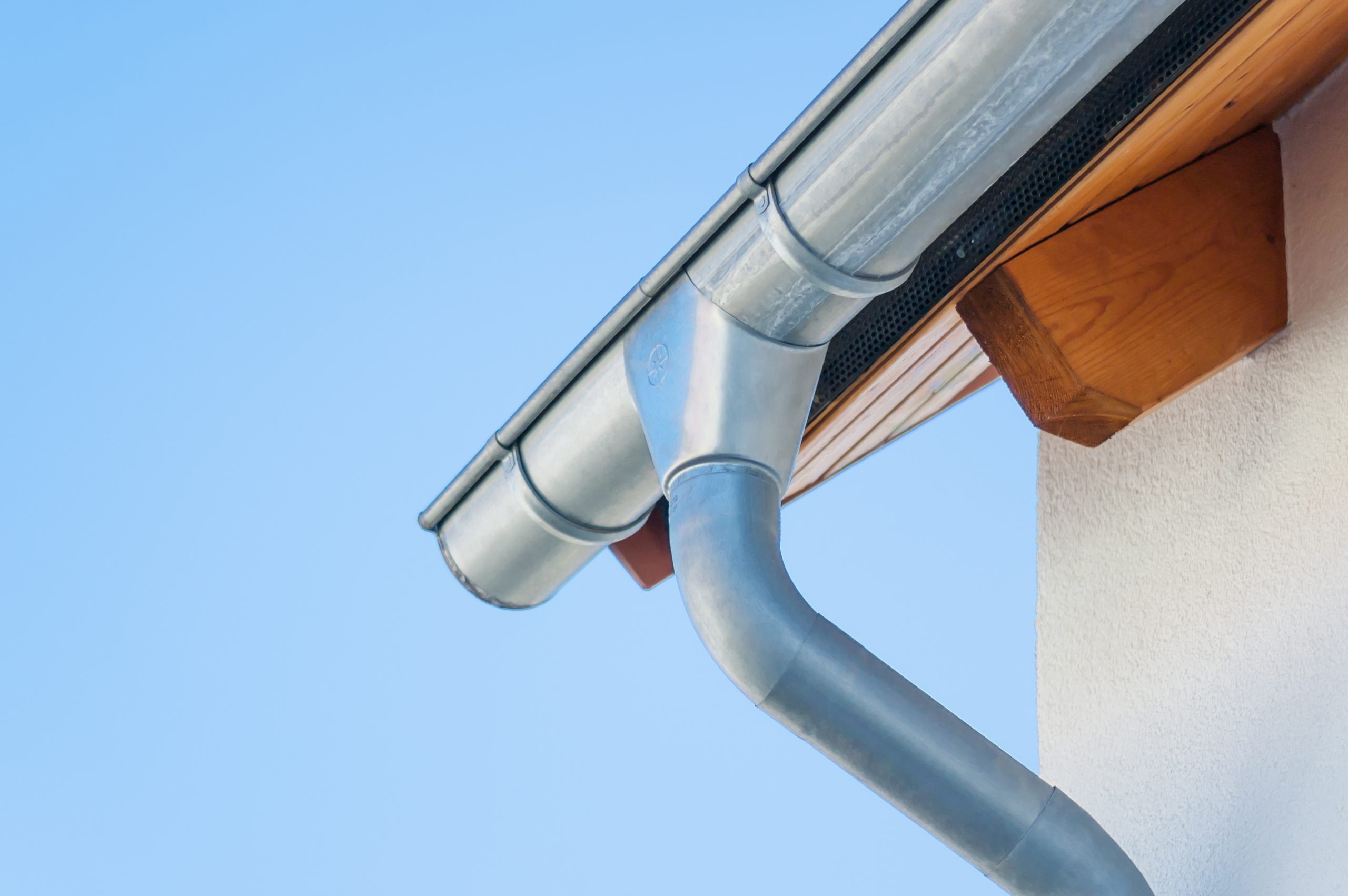
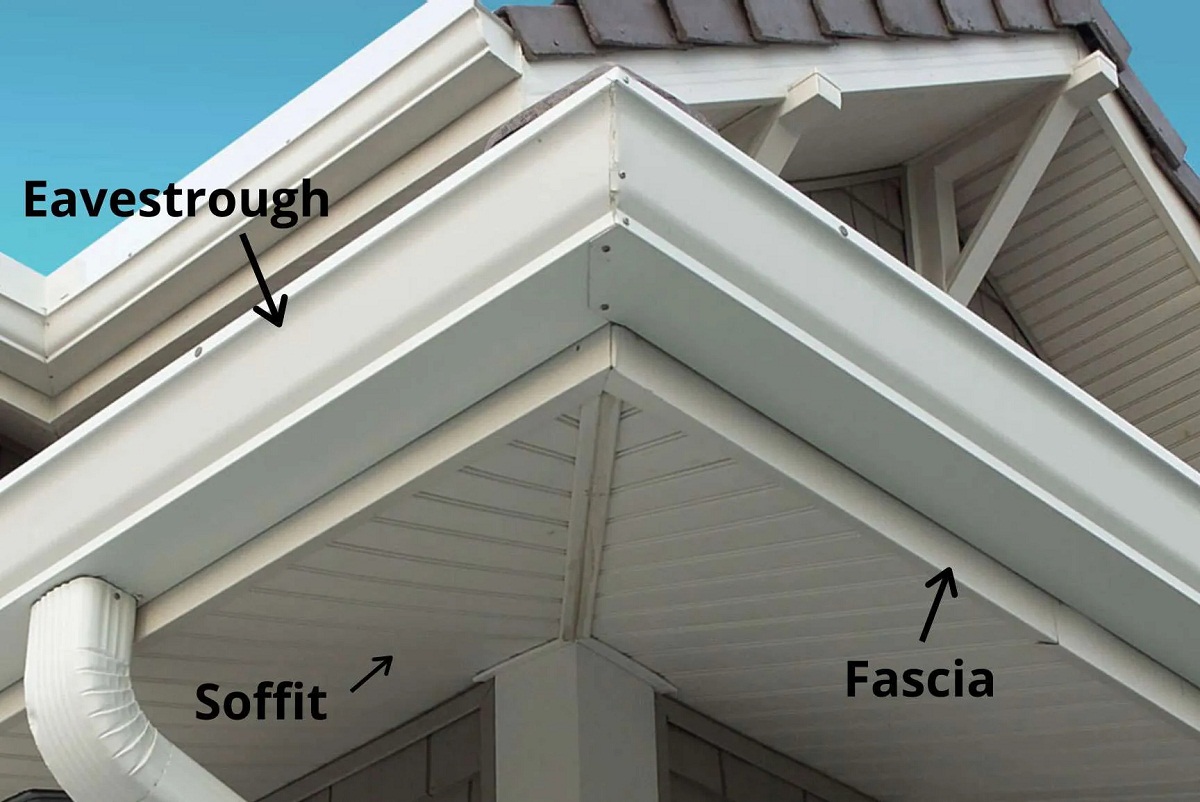
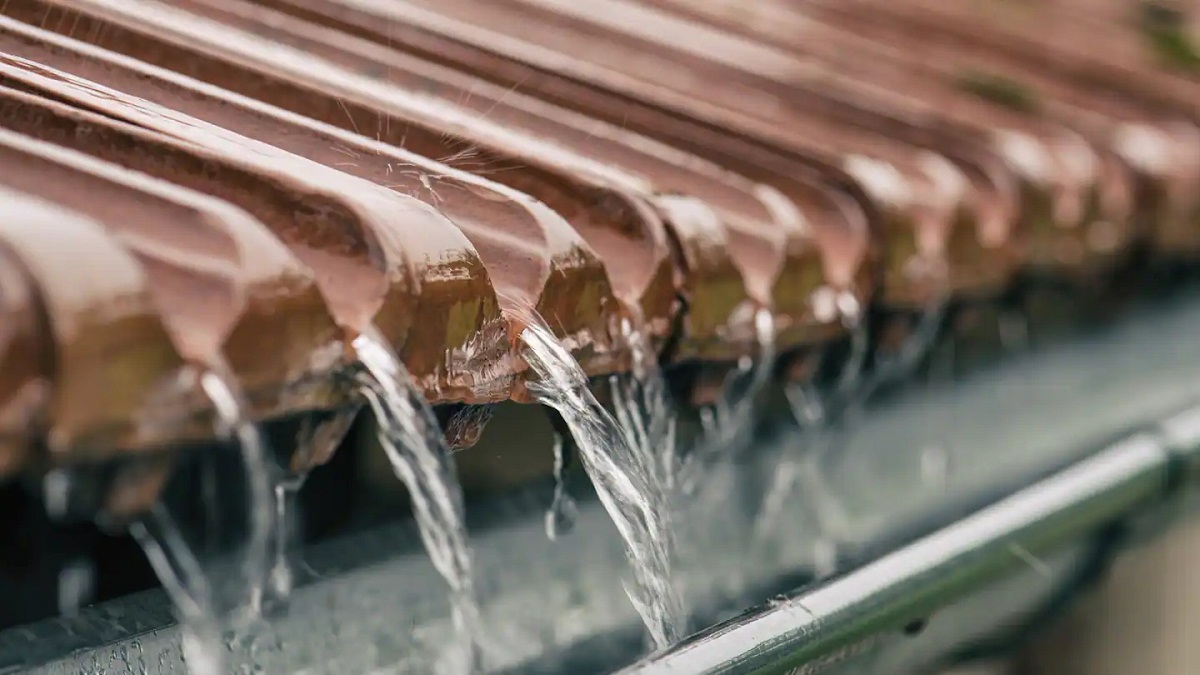
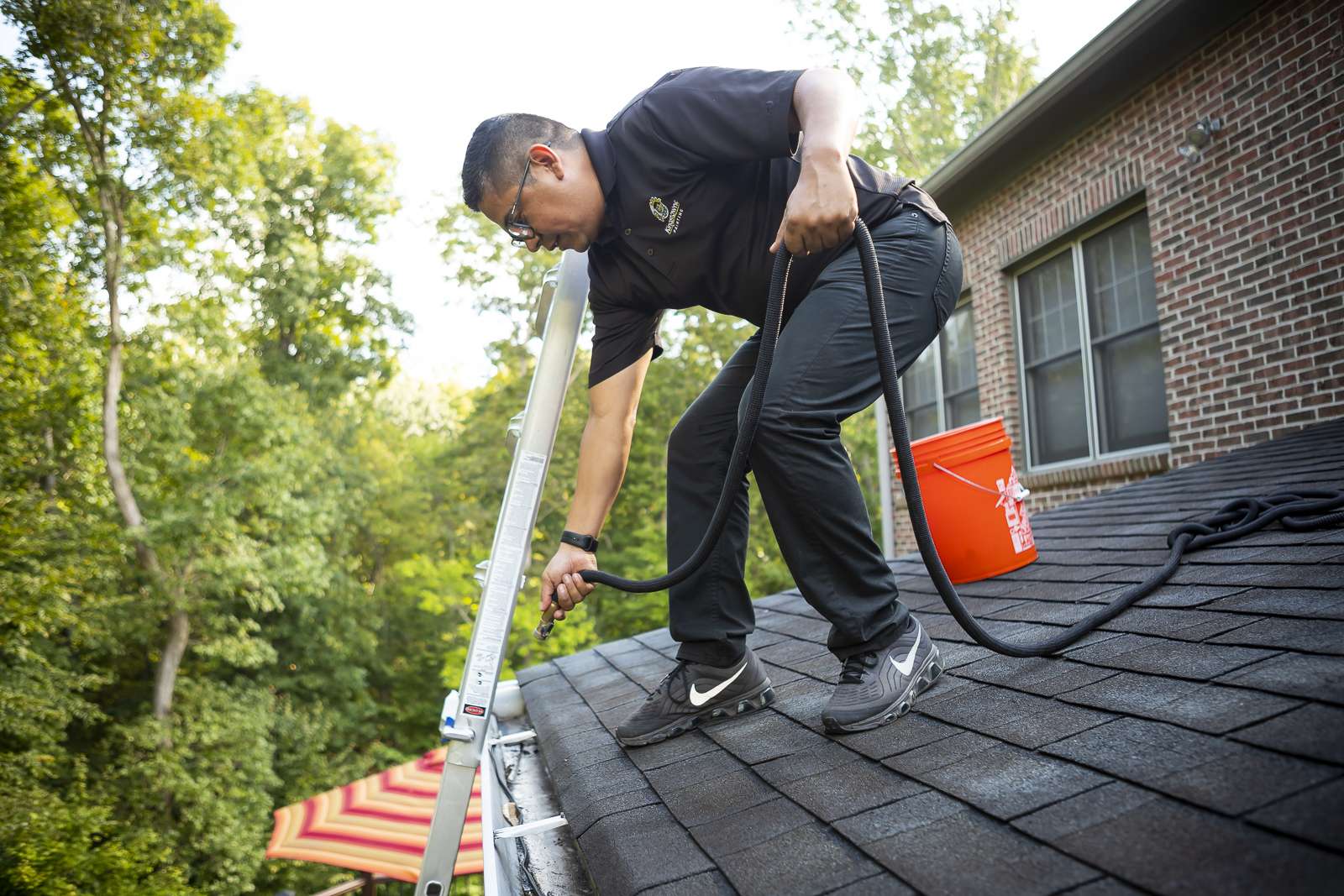
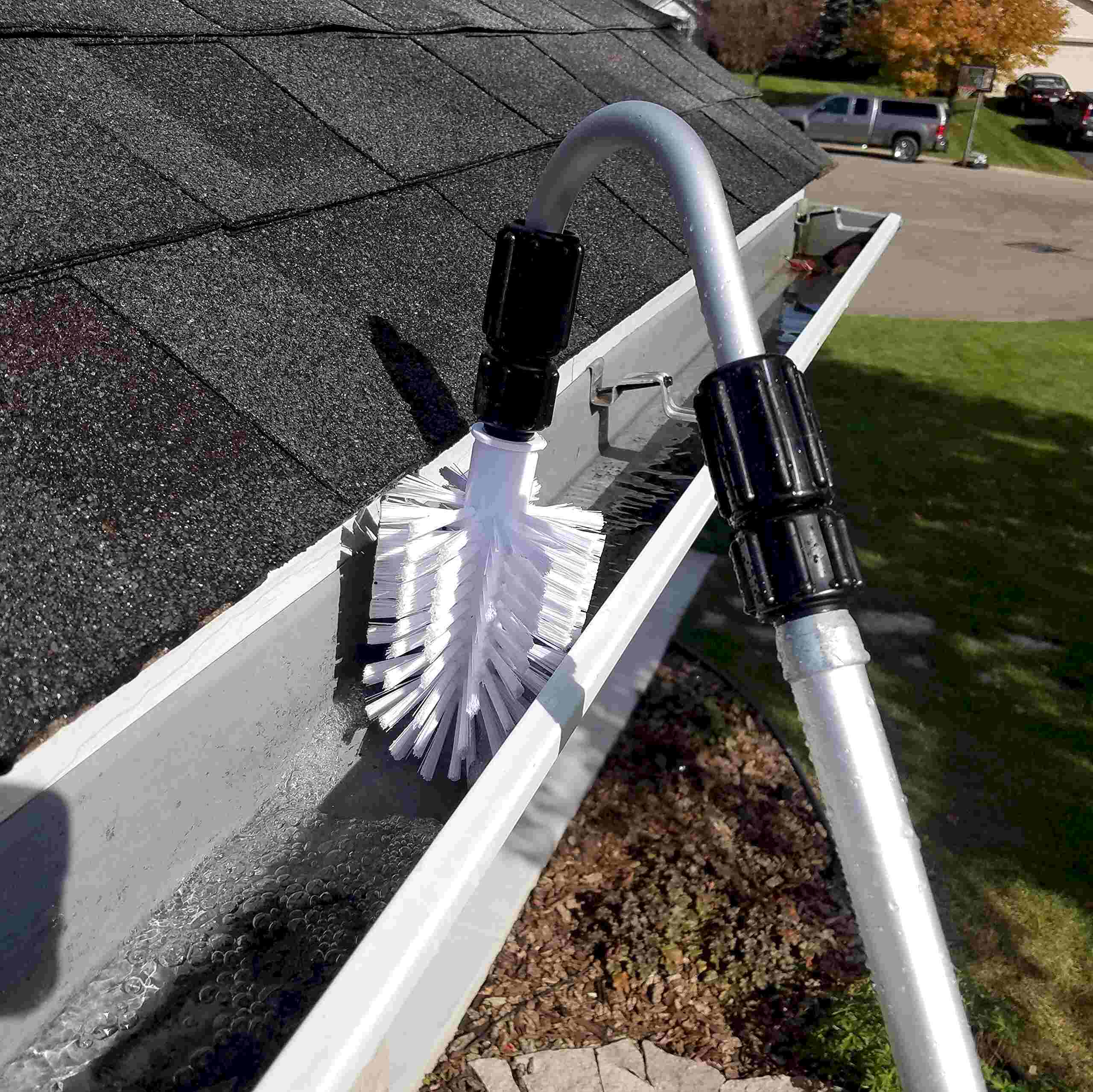
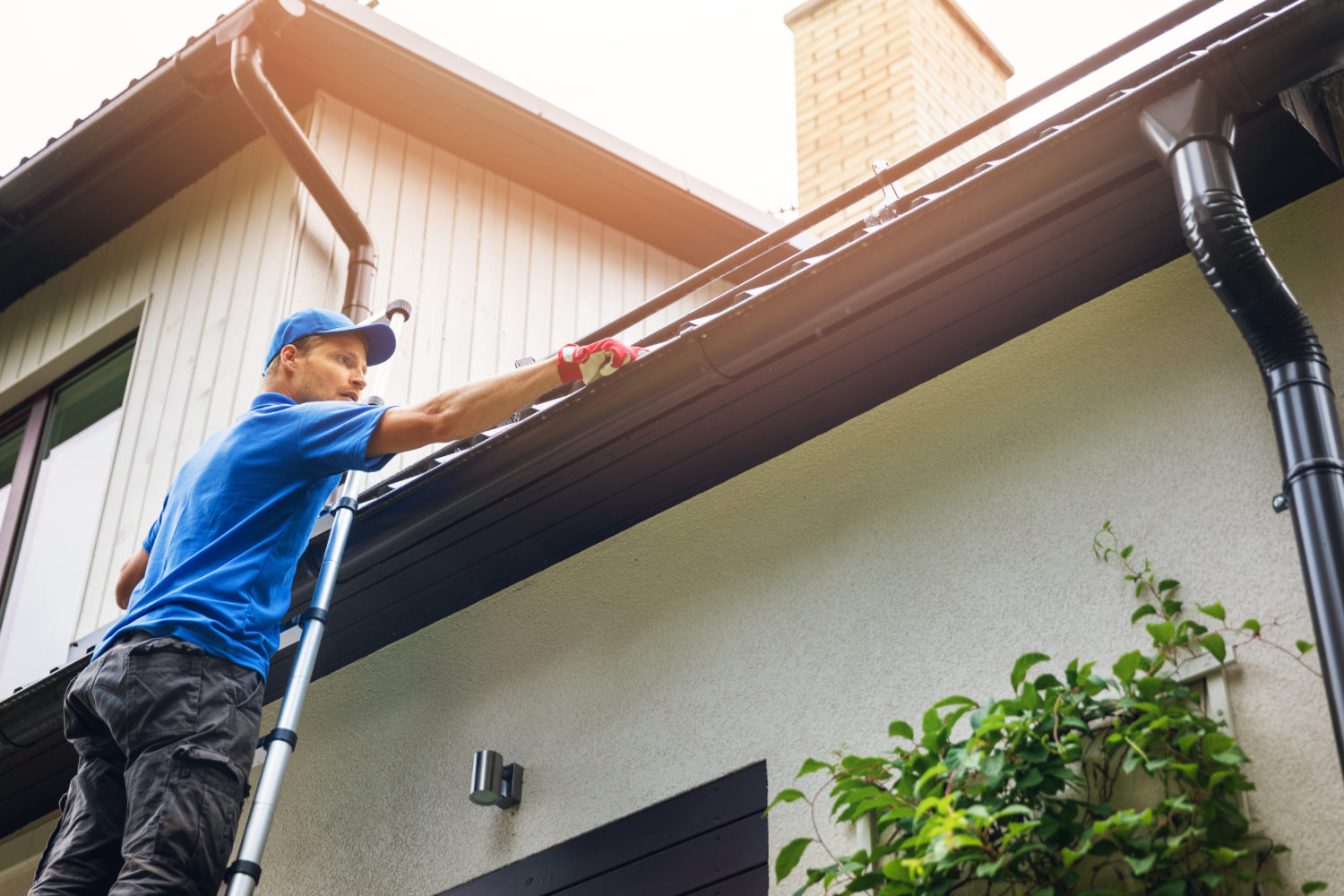
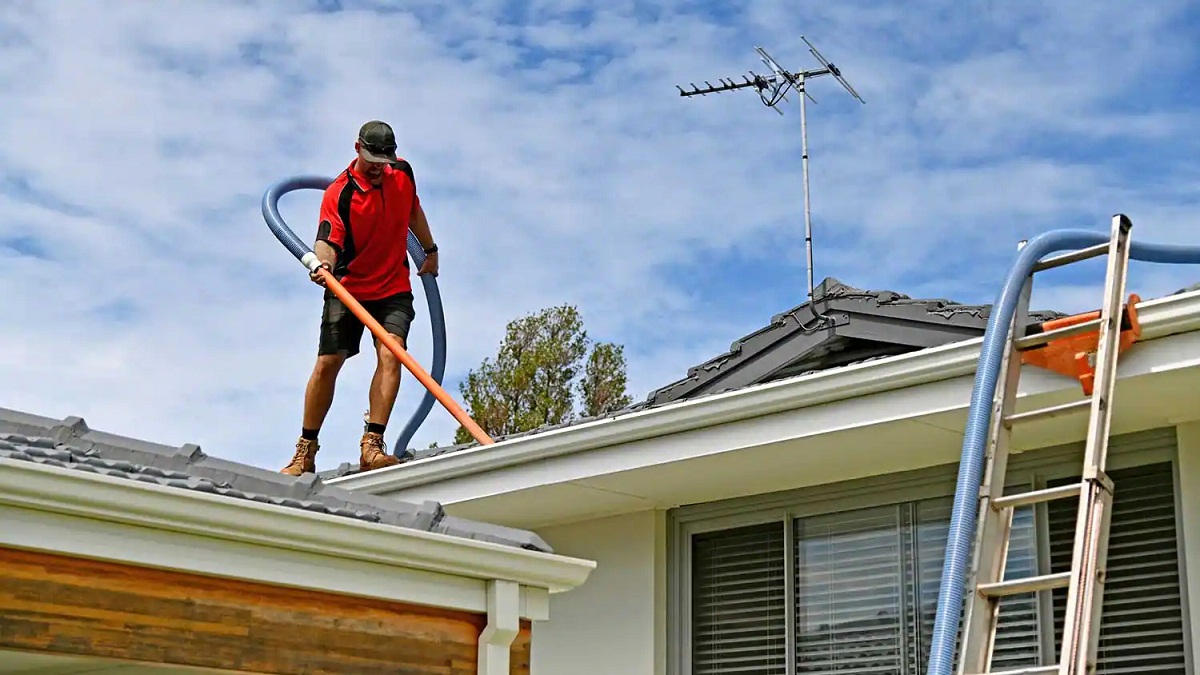
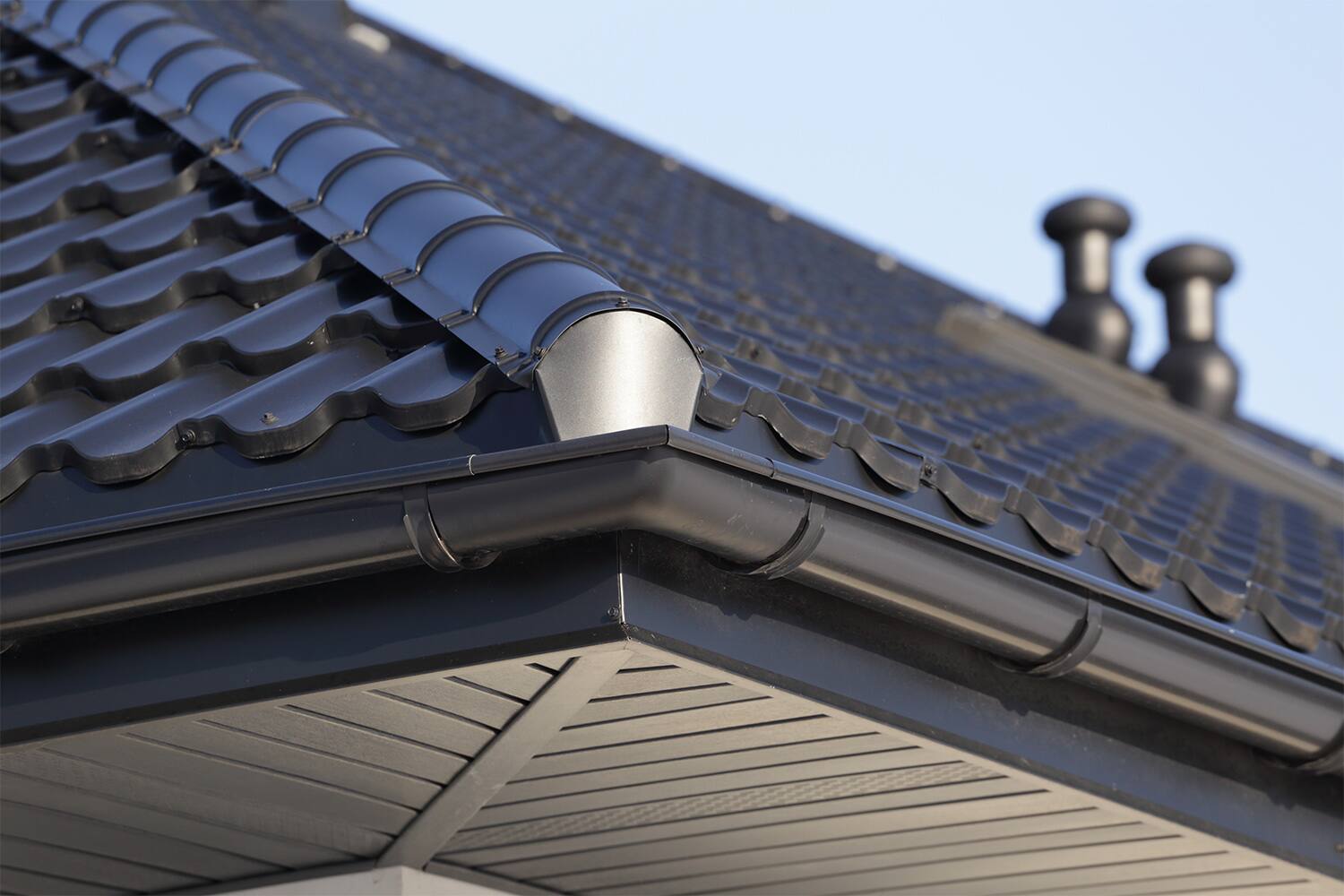
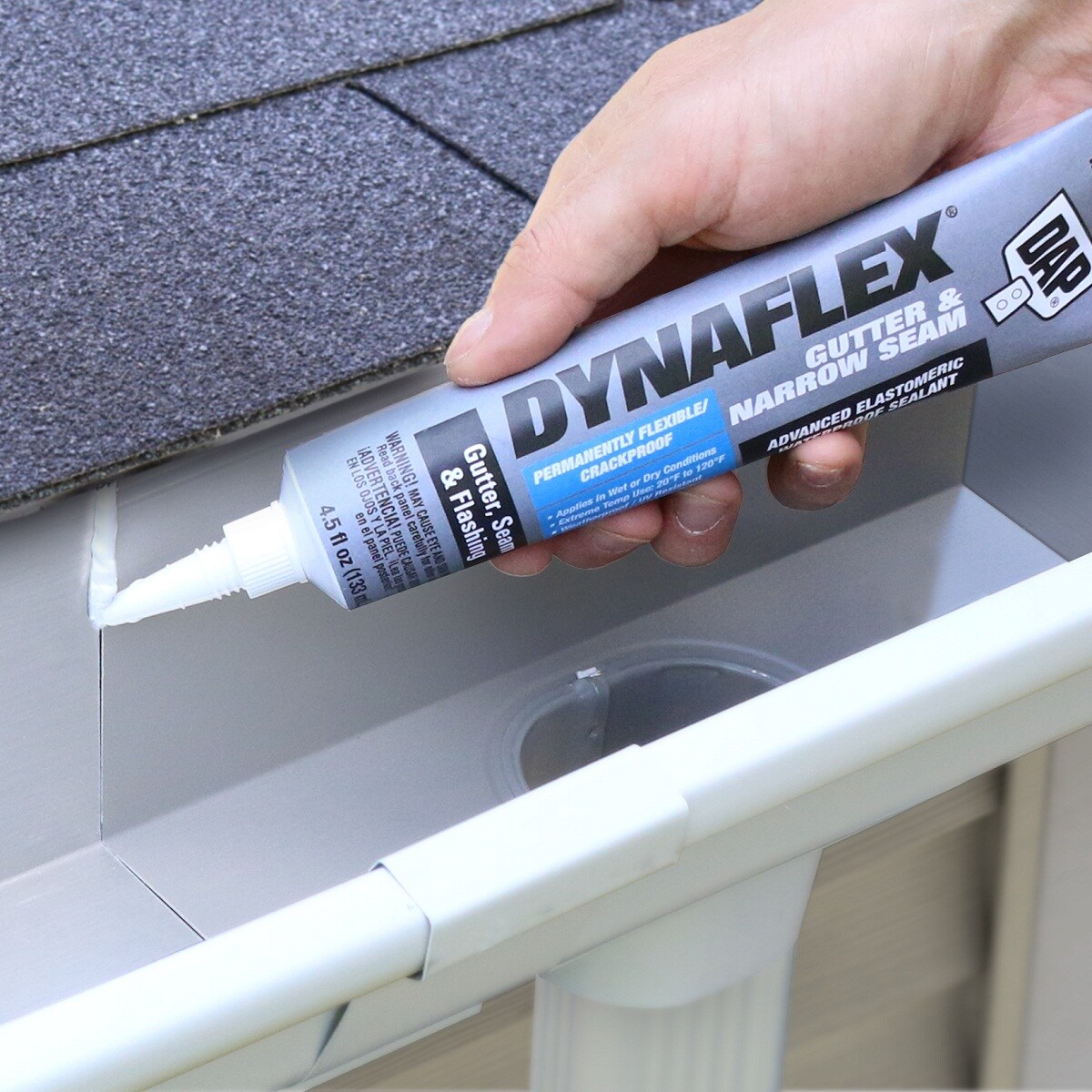

0 thoughts on “What Are Gutters”